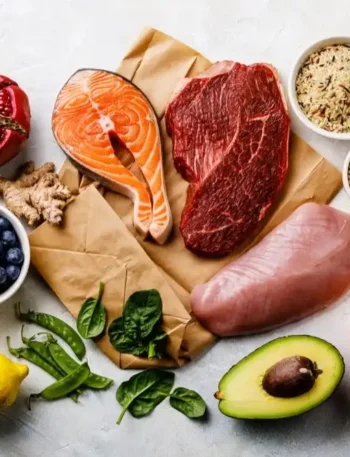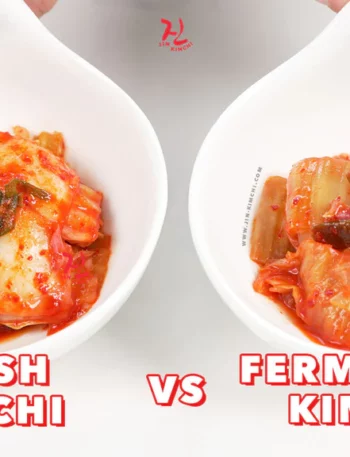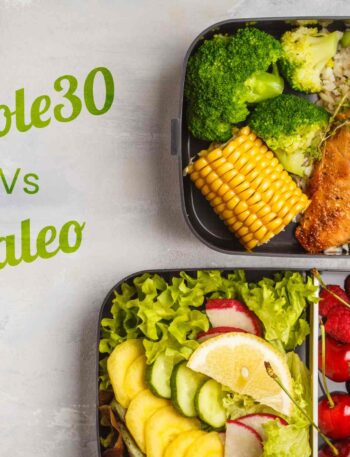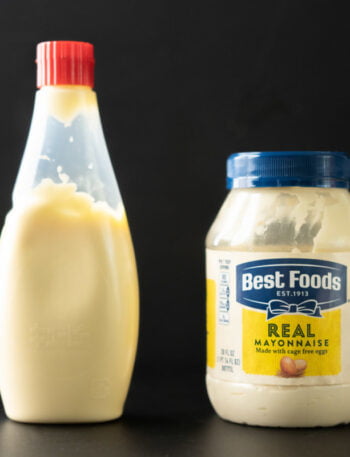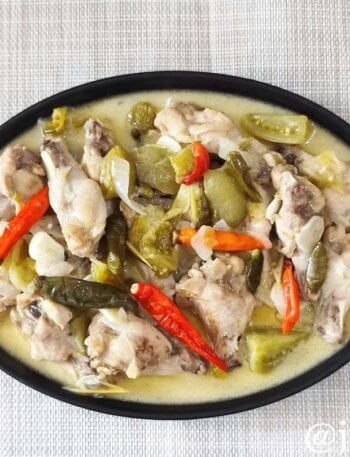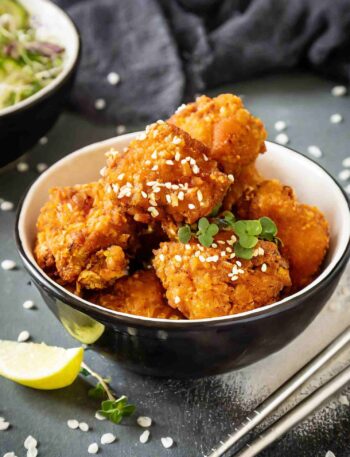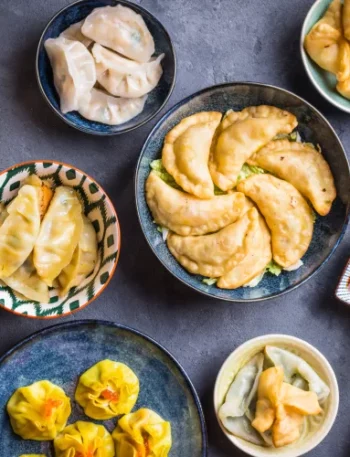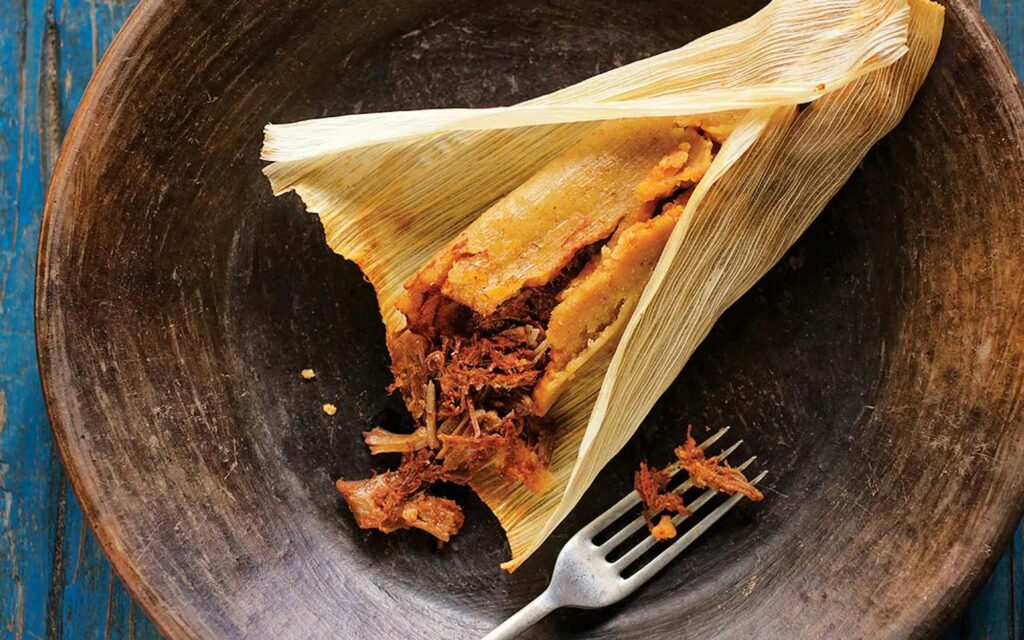
Step into any Mexican kitchen in December and it hits you like a freight train—steam fogging up the windows, salsa simmering in the background, and voices bouncing off walls like bullets.
Welcome to the tamalada. This ain’t your average weekend cookout. This is where legacies are kneaded, where gossip flies faster than the spoons, and where the masa better be perfect or someone’s abuela is raising hell.
Tamales aren’t made—they’re summoned. There’s nothing casual about them. They take hours, sometimes days, to bring to life.
You don’t “whip up” tamales. You build them like altars. This is sweat equity, cultural currency, and culinary therapy all rolled into one delicious, steaming bundle.
“Tamales: where patience meets pressure and ends in flavor that slaps your soul.”
Let’s get one thing straight—tamale-making is a ritual. A communal one. One pair of hands can’t carry this tradition. It’s a squad effort. One person’s soaking husks, another’s seasoning the meat like it’s sacred.
The masa? Oh, don’t even start. That’s where all the debates go down. Too dry? You’ll get called out. Too soft? Might as well throw it in the trash. And yes, lard is law—don’t come around talking substitutes unless you’re ready to get roasted harder than the chiles.
What unfolds isn’t just a kitchen activity. It’s choreography—every move locked into a rhythm born generations ago. Everyone knows their station. No need for talking when muscle memory kicks in.
A scoop of masa, a spoonful of filling, a careful fold, and repeat. By the tenth one, your hands are sticky, your back’s screaming, and your soul? Kinda glowing.
Now don’t be fooled—tamales wear different flags depending on which region you’re in. In Oaxaca, they’re swaddled in banana leaves and packed with mole negro darker than your last breakup.
In the North, you’ll find tamales stuffed with beef, wrapped tighter than your secrets. Sweet ones show up too—pineapple, raisins, cinnamon.
And yes, every family swears their version is the best, and no, there’s no room for debate. This is the kind of loyalty that makes sports fans look tame.
What’s wild is how this food manages to carry entire histories in its folds. Pre-Hispanic roots? Check. Colonial influence? You bet. Survival through diaspora, migration, border-crossings? All of it.
Tamales don’t just feed people. They remind them—who they are, where they came from, who came before. You’re not just biting into corn and meat. You’re biting into resistance, resilience, and recipes older than your grandma’s sass.
“A tamal isn’t just cooked—it’s endured.”
And then comes the steam. The pot, enormous and loud, hisses like it knows something you don’t. The tamales, snug in their husks, sit tight for what feels like forever. No shortcuts. No cheat codes.
You wait. You let them breathe and swell and transform. If you’re smart, you don’t rush it. Good things don’t come fast. Especially not these.
And that first bite? That’s the payoff. The masa soft, fluffy, barely holding back the explosion of chile-laced meat or sweet fruit filling. It’s not flashy. It’s not complicated. But damn, it hits deep. Tamales aren’t designed to impress.
They’re designed to belong—to tables, to celebrations, to memories, to hearts that beat a little louder when that pot lid lifts.
Skip the fancy food trucks and Instagram-filtered nonsense. If you really want to understand Mexico, get your hands dirty in a tamale session. Stand in that kitchen. Hear the clatter. Smell the legacy. Feel the burn in your arms from hours of folding. Then, and only then, you’ll get it.
This isn’t just about flavor. This is about foundation. A tamal teaches you more than any lecture ever could—about patience, teamwork, history, pride, and the quiet power of food that doesn’t beg for attention but deserves your full damn respect.
“Tamales aren’t trending. They’re timeless.”
And if you’re lucky enough to be offered one—especially handmade—don’t just nod and smile. Take that husk in your hands like it’s sacred, unwrap it slow, and thank every tired hand that made it happen. Because in that moment, you’re not just eating. You’re witnessing.


